Home>diy>Architecture & Design>How To Design A Landscape For The Front Of A House
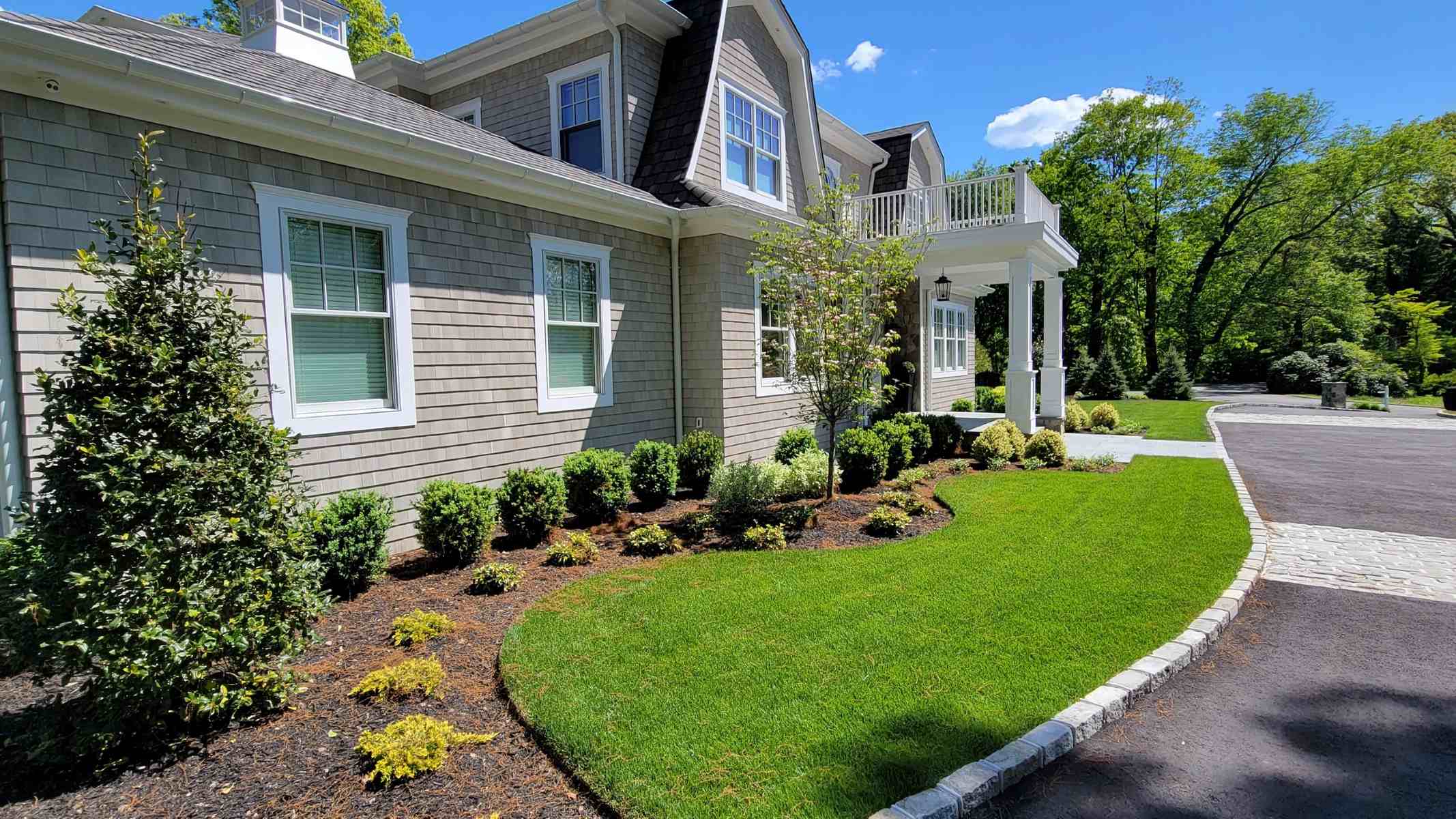

Architecture & Design
How To Design A Landscape For The Front Of A House
Modified: January 5, 2024
Learn how to create a stunning landscape design for the front of your house with our expert tips and tricks in architecture design. Transform your outdoor space today!
(Many of the links in this article redirect to a specific reviewed product. Your purchase of these products through affiliate links helps to generate commission for Storables.com, at no extra cost. Learn more)
Introduction
Welcome to the world of landscape design, where creativity meets functionality to transform the front of your house into a visually appealing and inviting space. Designing a landscape for the front of your house is an exciting endeavor that allows you to showcase your personal style and boost curb appeal. Whether you have a small front yard or a sprawling property, creating a well-designed outdoor space can significantly enhance the overall look and value of your home.
In this article, we will guide you through the essential steps to design a landscape for the front of your house. From assessing the space to selecting plants and incorporating hardscape elements, we will offer tips and advice to help you create a stunning and harmonious outdoor environment.
The front of your house serves as the first impression for visitors, and a well-designed landscape can make a lasting impact. So, let’s dive into the steps to create a front yard that is both aesthetically pleasing and functional.
Key Takeaways:
- Designing a landscape for the front of your house involves assessing the space, determining the style, choosing plants, creating a focal point, incorporating hardscape elements, adding lighting, and considering maintenance and budget.
- By carefully considering each step, you can transform the front of your house into a visually stunning and inviting outdoor space that complements your home’s architecture and reflects your personal style.
Read more: How To Connect A Porch Roof To House
Step 1: Assessing the Space
The first step in designing the landscape for the front of your house is to assess the space you have available. This involves taking into consideration the size, shape, and topography of your front yard. Understanding these factors will help you make informed decisions about the design elements and layout.
Start by measuring the dimensions of your front yard, including the width, length, and any irregularities such as slopes or curves. This will give you a clear idea of the available space for landscaping. Consider the location of existing structures like your house, driveway, walkway, and any trees or hedges that you may want to keep or work around.
Additionally, evaluate the amount of sunlight the area receives throughout the day. This will help you determine which plants and flowers will thrive in your specific environment. Take note of any areas that are shaded or receive full sunlight, as this will influence the placement of plants and the overall design.
Another important factor to consider is the soil quality and drainage in your front yard. Assess whether the soil is sandy, loamy, or clay-based, and determine if it drains well or tends to retain water. This information will guide you in selecting plants that are suitable for your soil type and can withstand the drainage conditions of your front yard.
By thoroughly assessing the space, you will have a solid foundation to build upon when designing your landscape. This knowledge will inform your decision-making process and help you create a harmonious and functional outdoor space that complements the style of your home.
Step 2: Determining the Style
Once you have assessed the space, it’s time to determine the style you want to achieve with your front yard landscape. The style you choose will set the tone for your outdoor space and create a cohesive look that complements your home’s architecture.
Start by considering the architectural style of your house. Is it modern, traditional, Mediterranean, or something else? Understanding the style of your home will help you select landscaping elements that seamlessly integrate with its design. For example, if you have a contemporary home, you might opt for clean lines, minimalistic plantings, and sleek hardscape materials. On the other hand, a cottage-style home may benefit from a more whimsical and colorful landscape featuring flowers and a picket fence.
Next, think about your personal preferences and the atmosphere you want to create. Do you prefer a formal and symmetrical landscape or a more relaxed and natural one? Are you drawn to a specific theme like a tropical oasis or a Zen garden? Consider elements such as the color palette, textures, and overall mood you want to evoke with your landscape design.
Research various landscaping styles and gather inspiration from magazines, websites, and even other houses in your neighborhood. Take note of elements that resonate with you and reflect your personal taste. This will help you create a unique and personalized landscape that speaks to your individual style.
Remember to take into account the size of your front yard and the existing features. Some styles may be more suitable for larger spaces, while others lend themselves better to smaller yards. Adapting the chosen style to your available space will ensure a balanced and cohesive look.
By determining the style early on in the process, you will have a guiding vision to steer your landscape design decisions. This will result in a front yard that not only enhances your home’s curb appeal but also reflects your personal style and creates a welcoming atmosphere.
Step 3: Choosing Plants and Flowers
The selection of plants and flowers plays a crucial role in creating a vibrant and visually appealing landscape for the front of your house. Not only do they add color and texture, but they also bring life and personality to your outdoor space. When choosing plants and flowers, consider the climate, maintenance requirements, and desired aesthetic.
Start by researching the climate zone in which you live. Different plants thrive in different climates, so it’s important to select ones that are well-suited to your region. Consider factors such as temperature ranges, frost dates, rainfall patterns, and humidity levels. This will ensure that your chosen plants have the best chance of survival and will require less maintenance and care.
Next, determine the maintenance level you are willing to commit to. Some plants require more frequent watering, pruning, and fertilizing, while others are more low-maintenance. Assess your time availability and gardening skills to choose plants that match your maintenance capabilities. For example, if you have a busy schedule, you might opt for drought-tolerant plants that require minimal watering.
Consider the color scheme you want to achieve in your landscape. Do you prefer vibrant and bold colors, or are you more drawn to a subtle and monochromatic palette? Think about how the colors of the plants will complement or contrast with the exterior of your house. You can also create visual interest by selecting plants with different foliage textures and shapes.
Additionally, take into account the height and growth habits of the plants. Consider how they will fit into the overall design and whether they will obstruct any important views or pathways. For example, tall shrubs can provide privacy and act as a natural boundary, while shorter plants can be used for borders or ground cover.
It’s also essential to choose a variety of plants that bloom at different times of the year. This will ensure that your landscape has year-round interest and continuous color. Incorporating evergreen plants can provide structure and visual appeal during dormant seasons.
Lastly, don’t forget to consider any specific requirements or restrictions imposed by your homeowners’ association or local regulations. Some neighborhoods have guidelines on the types of plants allowed, height restrictions, and invasive species to avoid.
By carefully selecting plants and flowers that align with your climate, maintenance preferences, and desired aesthetic, you can create a stunning and thriving landscape that will be the envy of the neighborhood.
Step 4: Creating a Focal Point
Creating a focal point is an essential step in designing the landscape for the front of your house. A focal point is a visually appealing element that draws attention and becomes the centerpiece of your outdoor space. It adds interest, depth, and a sense of direction to the overall design. When creating a focal point, consider the architecture of your home, the available space, and your personal style.
One popular option for a focal point is a statement tree. Choose a tree that not only fits the scale of your front yard but also adds character and beauty. You can select a tree with interesting bark, vibrant foliage, or stunning flowers. Placing the tree off-center can create a more dynamic and visually pleasing composition.
Another option for a focal point is a water feature, such as a fountain or a small pond. The sound of flowing water not only adds tranquility but also creates a soothing ambiance. Water features can be placed near the entrance of your house or centrally positioned to become the focal point of the entire front yard.
If you prefer a more architectural focal point, consider installing a sculpture, a trellis, or an arbor. These elements can add a touch of elegance, serve as an anchor, and create a sense of verticality. When selecting an architectural focal point, ensure that it complements the style and scale of your home.
For a more informal and natural feel, you can create a focal point using a cluster of plants or flowers. Grouping plants with contrasting colors, textures, and heights can create a visually striking focal area. You can also combine plants with decorative elements such as rocks or garden ornaments.
Additionally, you can use architectural features of your home as a focal point. Highlight the front entrance with dramatic lighting, ornamental accents, or a well-designed pathway. This will not only draw attention but also enhance the overall aesthetic of your house.
Remember to keep the scale of the focal point in proportion to the overall size of your front yard. A large, extravagant focal point might overwhelm a small space, while a small, insignificant element might go unnoticed in a larger yard.
By creating a focal point, you will add a sense of purpose and visual interest to your landscape design. It will serve as a captivating centerpiece that welcomes guests and sets the tone for the rest of your outdoor space.
Consider the overall style of your house and choose plants and hardscape elements that complement it. Create focal points and balance with a mix of colors and textures for visual interest.
Read more: How To Add A Porch To Your House
Step 5: Incorporating Hardscape Elements
When designing the landscape for the front of your house, it’s important to incorporate hardscape elements to add structure, functionality, and visual interest. Hardscape refers to the non-plant elements of your landscape, such as pathways, driveways, retaining walls, patios, and decorative features. These elements can enhance the overall design, create defined spaces, and provide areas for relaxation and entertainment.
Start by assessing the existing hardscape elements in your front yard, such as your driveway and walkway. Consider whether they need any repairs or updates to align with the overall design. You can choose different materials, such as concrete, pavers, or natural stone, to create a cohesive and visually appealing look.
Next, consider the pathways in your landscape. Pathways not only provide functional access to different areas but also serve as a design element that guides the eye and creates flow. Choose materials and patterns that harmonize with the style of your home and the overall theme of your landscape. Curved pathways can add a sense of intrigue, while straight pathways create a more formal and structured feel.
Retaining walls can be used to add dimension and create level changes in your front yard. They can be made from various materials, including stone, brick, or timber. Retaining walls can also double as seating areas, creating cozy nooks for relaxation.
Patio or seating areas are excellent additions to consider, especially if you enjoy outdoor entertaining. They can be constructed using materials such as concrete, pavers, or gravel, and can be designed to fit your available space and desired functionality. Incorporate comfortable outdoor furniture, shading options, and decorative elements to create an inviting and comfortable gathering space.
Decorative features such as pergolas, arbors, or gazebos can add architectural interest and provide shade. They can be placed strategically to frame important views or to mark an entrance or focal point. Consider incorporating climbing plants to add a lush and natural element to these structures.
Lastly, lighting is an essential hardscape element that can improve the safety and ambiance of your front yard. Install outdoor lighting fixtures along pathways, near entrances, and around focal points to highlight the beauty of your landscape during the evening hours.
When incorporating hardscape elements, ensure that they complement the overall style and ambience you want to achieve. Choose materials and designs that harmonize with the architectural style of your house, the plants in your landscape, and the functionality you desire. A well-designed hardscape adds structure, functionality, and visual appeal to your front yard, creating a seamless integration between the natural and built elements of your landscape design.
Step 6: Adding Lighting
Adding lighting is a crucial step in designing the landscape for the front of your house. Outdoor lighting not only enhances the safety and security of your property but also creates an inviting and enchanting atmosphere. Properly placed lighting can highlight architectural features, illuminate pathways, and showcase beautiful plants and focal points.
Before selecting lighting fixtures, consider the different areas of your front yard that you want to illuminate. Start with functional lighting, such as pathway lights, to ensure safe navigation along walkways and driveways. These lights can be installed at regular intervals to create a well-lit and inviting path leading to your front door.
If you have a porch or entryway, consider adding wall-mounted fixtures or pendant lights to provide ample lighting at the main entrance. This not only increases safety but also enhances the curb appeal and welcoming feel of your home.
To highlight architectural elements, use uplighting or downlighting techniques. Uplighting involves placing fixtures at the base of trees, shrubs, or the facade of your house to highlight their vertical features. Downlighting, on the other hand, involves installing fixtures in elevated positions to cast light downward and create a soft and diffused effect.
Consider adding spotlights or floodlights to showcase important focal points in your landscape, such as a statement tree or sculpture. These can create dramatic effects and draw attention to the beauty of these elements, even at nighttime.
For a magical and whimsical atmosphere, incorporate string lights or fairy lights in your front yard. These can be draped along fences, wrapped around trees, or hung from pergolas, creating a warm and enchanting ambiance.
Additionally, consider the type of lighting you want to use. Traditional incandescent bulbs provide warm and soft lighting, while LED lights are energy-efficient and come in a variety of color temperatures. Choose the type of lighting that best suits your preferences and the desired ambiance.
Finally, remember to consider the practical aspects of lighting. Ensure that all fixtures are weather-resistant and suitable for outdoor use. Consider installing timers or motion sensors to control when the lights turn on and off, saving energy and providing added security.
By adding well-placed and thoughtfully designed lighting, you can transform the front of your house into a captivating and inviting environment, highlighting the beauty of your landscape even after the sun sets.
Step 7: Considering Maintenance and Budget
As you design the landscape for the front of your house, it’s important to consider the ongoing maintenance requirements and budgetary constraints. Taking these factors into account will help you create a landscape that is sustainable and manageable in the long run.
When selecting plants for your front yard, consider their maintenance needs. Some plants require regular watering, fertilizing, trimming, and pest control, while others are more low-maintenance. Consider your time availability and gardening skills when choosing plants that align with your maintenance capabilities. Opt for native plants or drought-tolerant varieties that adapt well to your climate, as they typically require less water and maintenance.
In addition to plant maintenance, consider the upkeep of hardscape elements in your design. Certain materials, such as natural stone or wood, may require more frequent cleaning, sealing, or repairs compared to others. Factor in these maintenance tasks when selecting materials and adjust your budget accordingly.
Speaking of budget, it’s important to establish a realistic budget for your front yard landscape project. Consider the costs of plants, soil, mulch, hardscape materials, lighting fixtures, irrigation systems, and any professional assistance you may require. Research the average prices of these items and services in your area to ensure that your budget aligns with your vision.
Keep in mind that investing in quality materials and proper installation can save you money in the long run. Low-quality materials may deteriorate quickly, requiring frequent replacements and repairs. Hiring professionals for certain aspects of the project, such as grading, hardscape installation, or lighting setup, can ensure a high-quality result and potentially save you time and frustration.
It’s also worth considering the long-term costs associated with the maintenance and care of your landscape. Factor in the costs of water, fertilizer, and regular maintenance tasks when budgeting for your front yard. For example, installing an efficient irrigation system can help optimize water usage and reduce water bills.
Lastly, consider the scalability of your landscape design. You may choose to tackle the project in phases, starting with essential elements and adding more features later as your budget allows. This allows you to spread out the costs over time while still enjoying the benefits of an improved front yard.
By considering the maintenance requirements and budgetary constraints, you can create a well-designed landscape that is both manageable and sustainable. Prioritizing maintenance and budget will help ensure that your front yard remains beautiful and thriving for years to come.
Conclusion
Designing a landscape for the front of your house is an exciting and rewarding endeavor. By following the essential steps outlined in this article, you can create a visually stunning and inviting outdoor space that complements your home’s architecture and boosts your curb appeal. From assessing the space and determining the style to choosing plants, creating a focal point, incorporating hardscape elements, adding lighting, and considering maintenance and budget, each step is crucial in creating a well-designed and functional front yard.
Assessing the space allows you to understand the dimensions, topography, and existing features of your front yard, providing a solid foundation for your design decisions. Determining the style helps you create a cohesive and visually pleasing landscape that complements your home’s architecture and reflects your personal style preferences.
Choosing the right plants and flowers ensures that your landscape thrives in your specific climate, requires manageable maintenance, and creates a harmonious color palette. Creating a focal point adds visual interest and serves as a captivating centerpiece, whether it’s a statement tree, a water feature, or an architectural element.
Incorporating hardscape elements such as pathways, retaining walls, patios, and decorative features adds structure, functionality, and dimension to your front yard. Adding lighting not only enhances safety and security but also creates a warm and inviting ambiance, showcasing the beauty of your landscape even after dark.
Lastly, considering maintenance and budget helps you create a sustainable and manageable front yard. Choosing low-maintenance plants and materials, establishing a realistic budget, and planning for long-term maintenance costs all contribute to a landscape that remains beautiful and thriving for years to come.
With careful consideration of each step and a touch of creativity, you can transform the front of your house into a captivating and inviting outdoor space. Whether you prefer a modern, traditional, or eclectic style, designing a landscape that complements your home’s architecture and reflects your personal taste is just a few steps away. So roll up your sleeves, unleash your creativity, and start designing your dream front yard today!
Frequently Asked Questions about How To Design A Landscape For The Front Of A House
Was this page helpful?
At Storables.com, we guarantee accurate and reliable information. Our content, validated by Expert Board Contributors, is crafted following stringent Editorial Policies. We're committed to providing you with well-researched, expert-backed insights for all your informational needs.


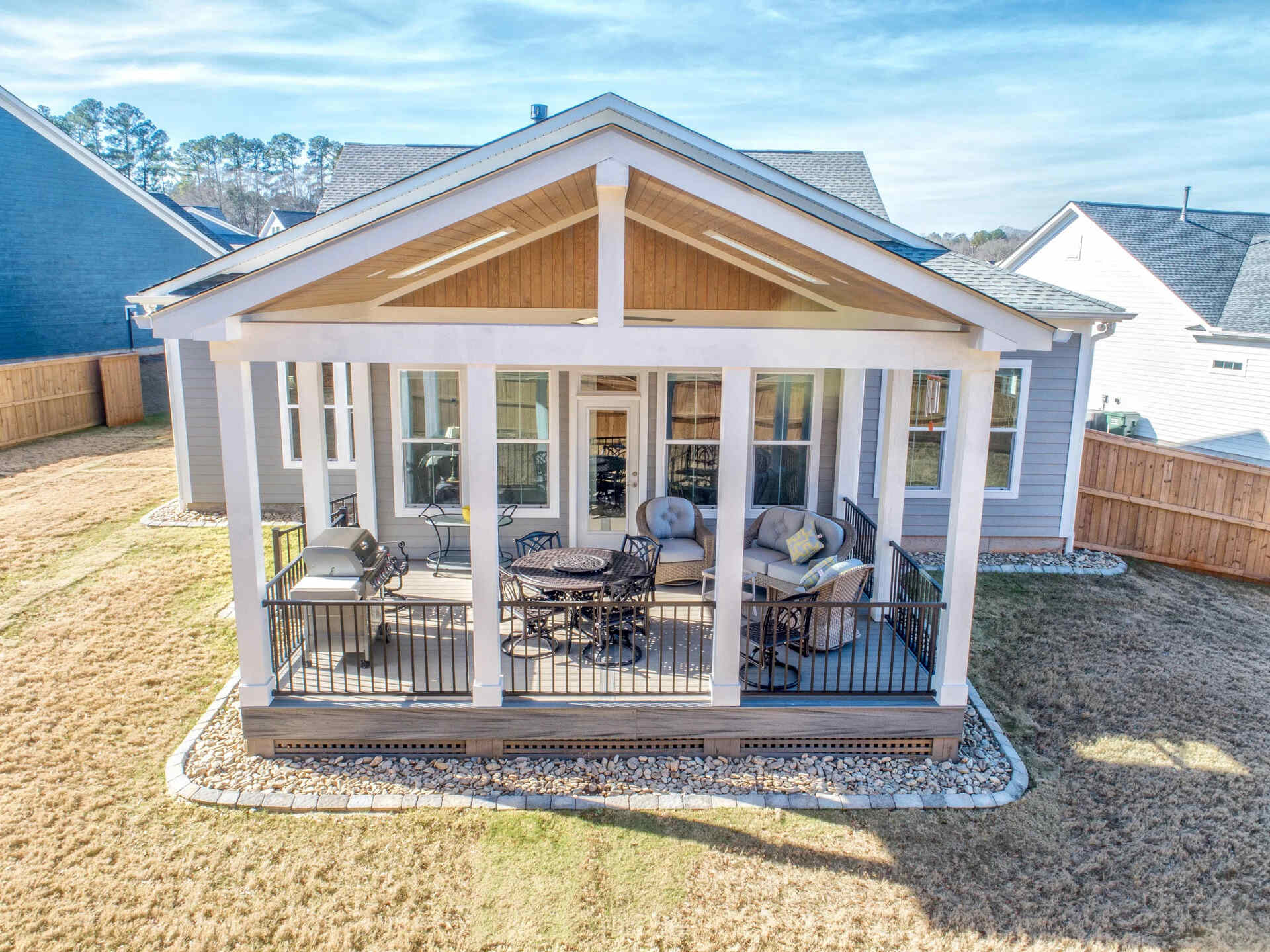
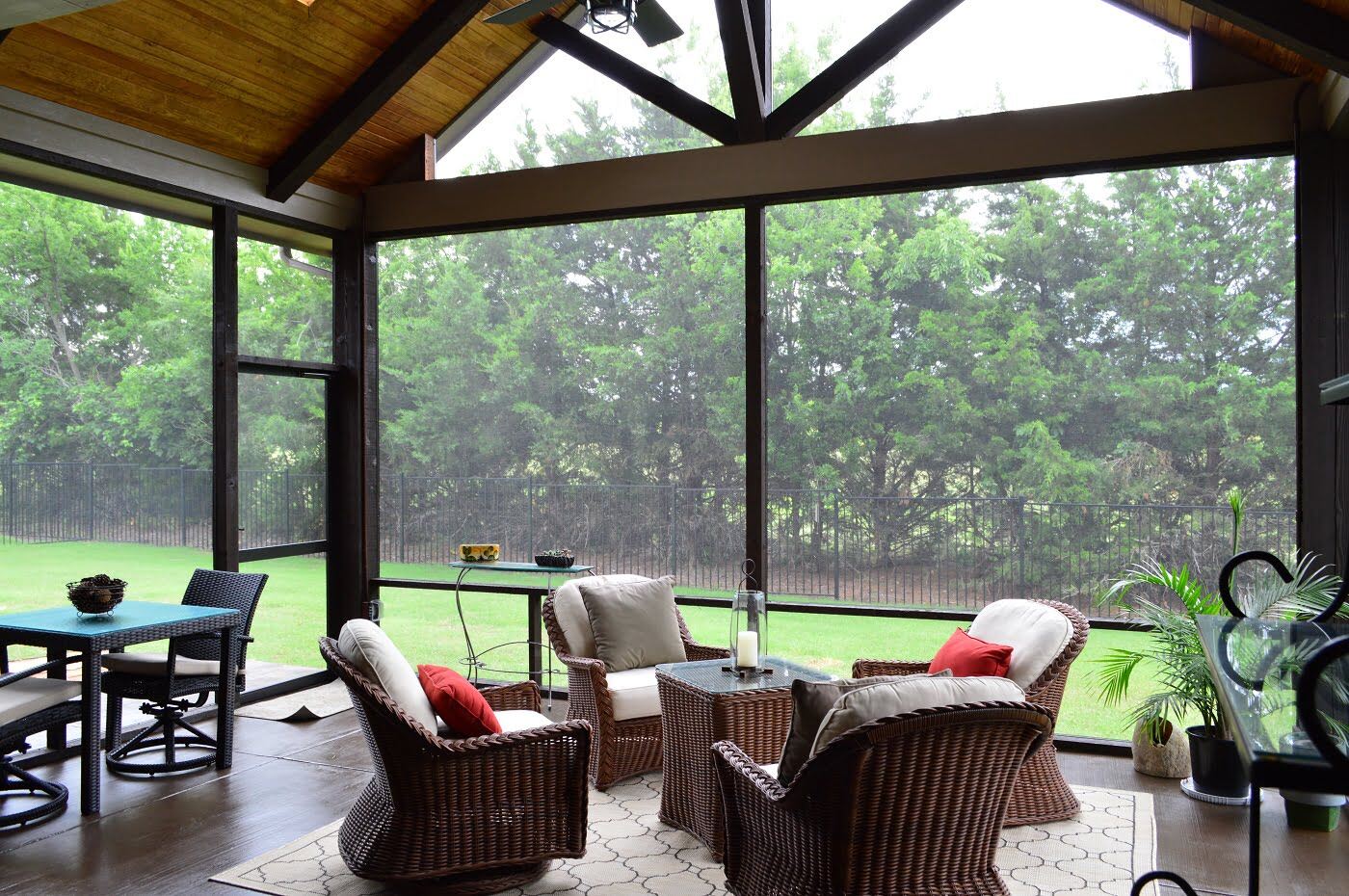
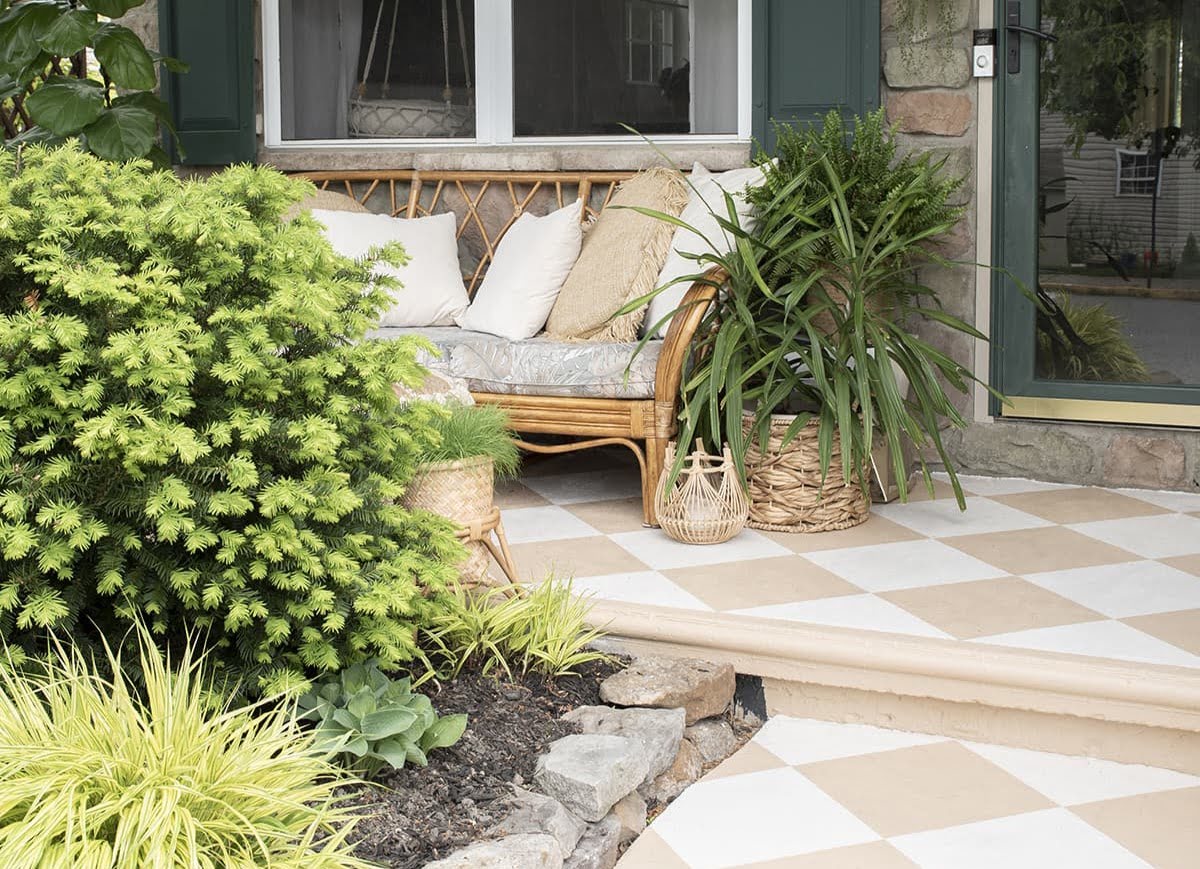
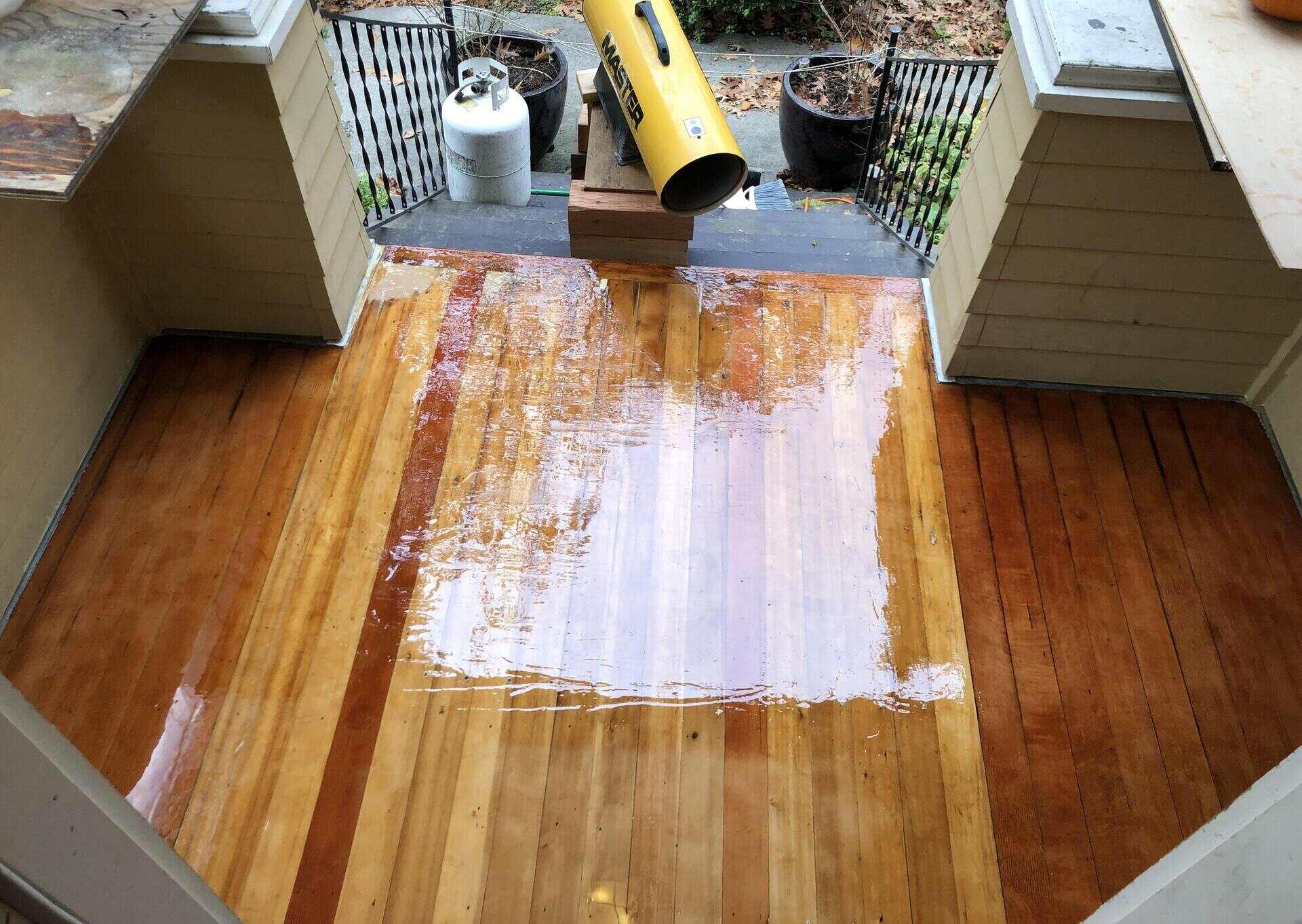
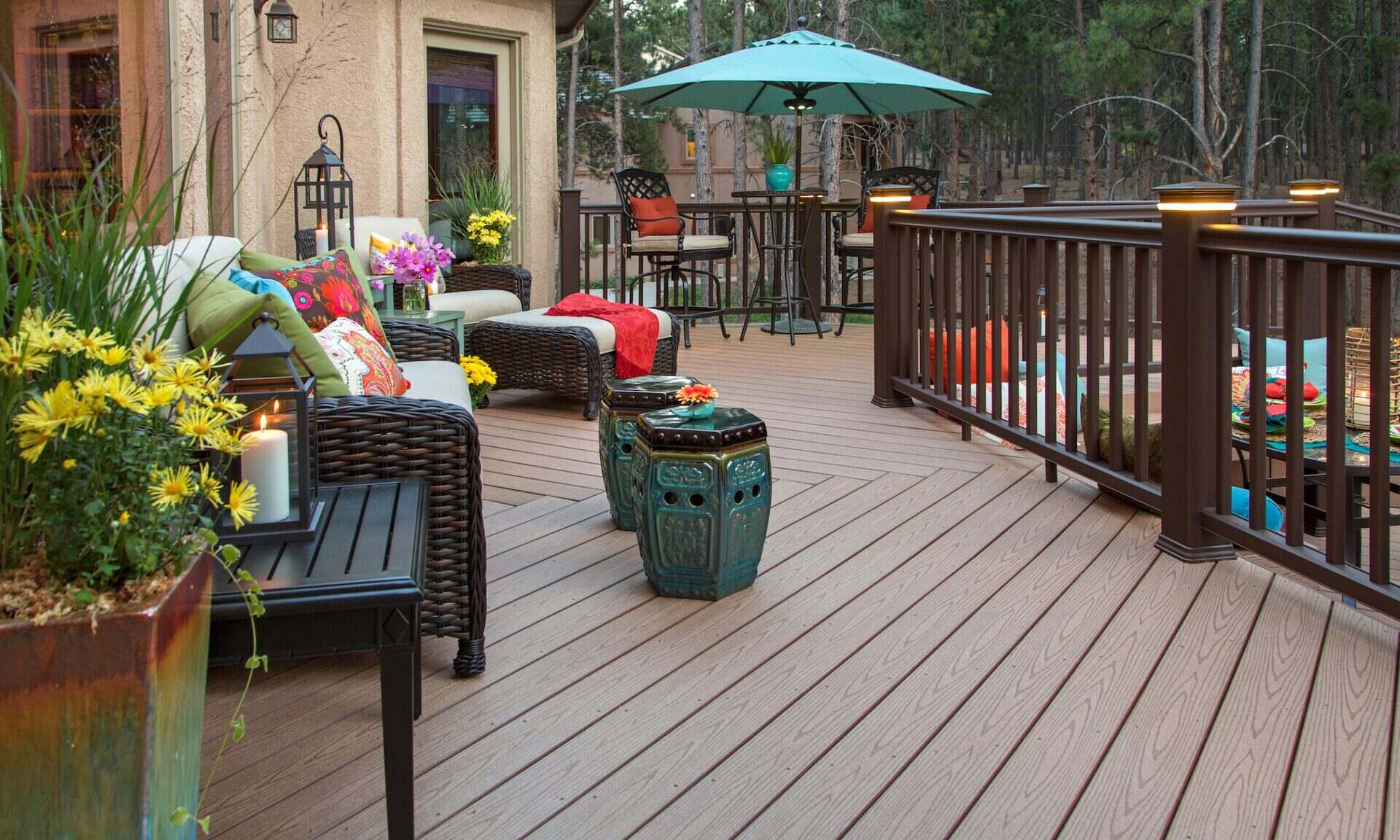
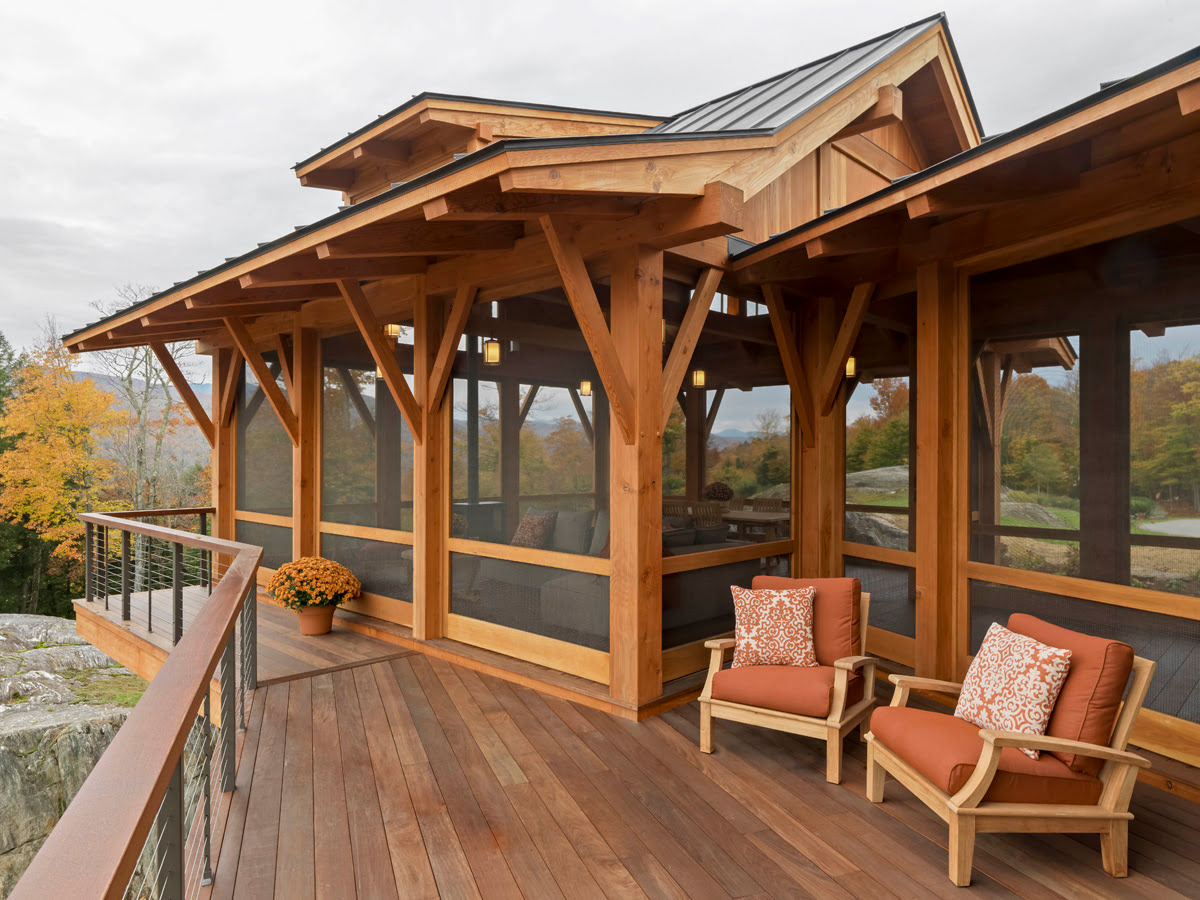
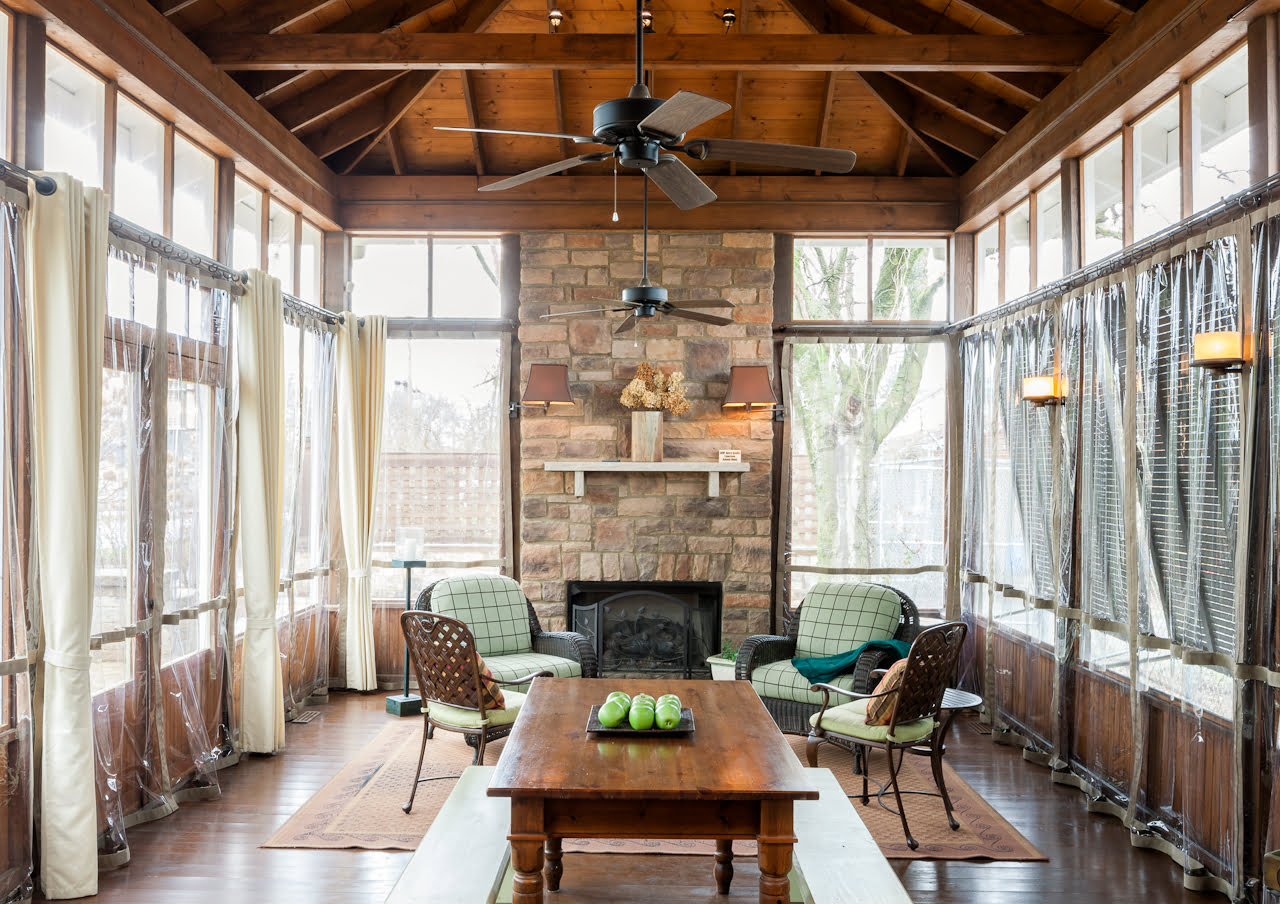
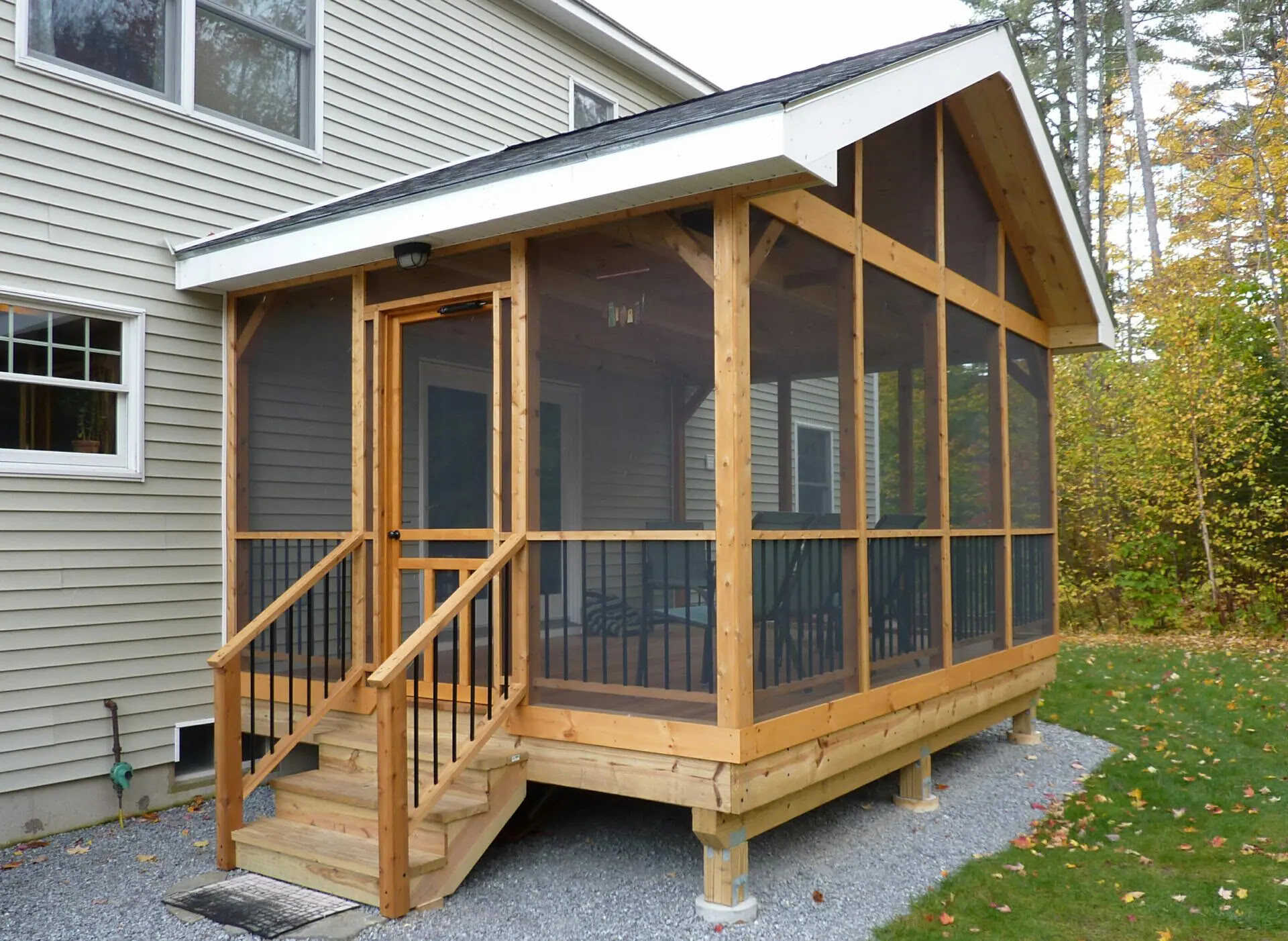
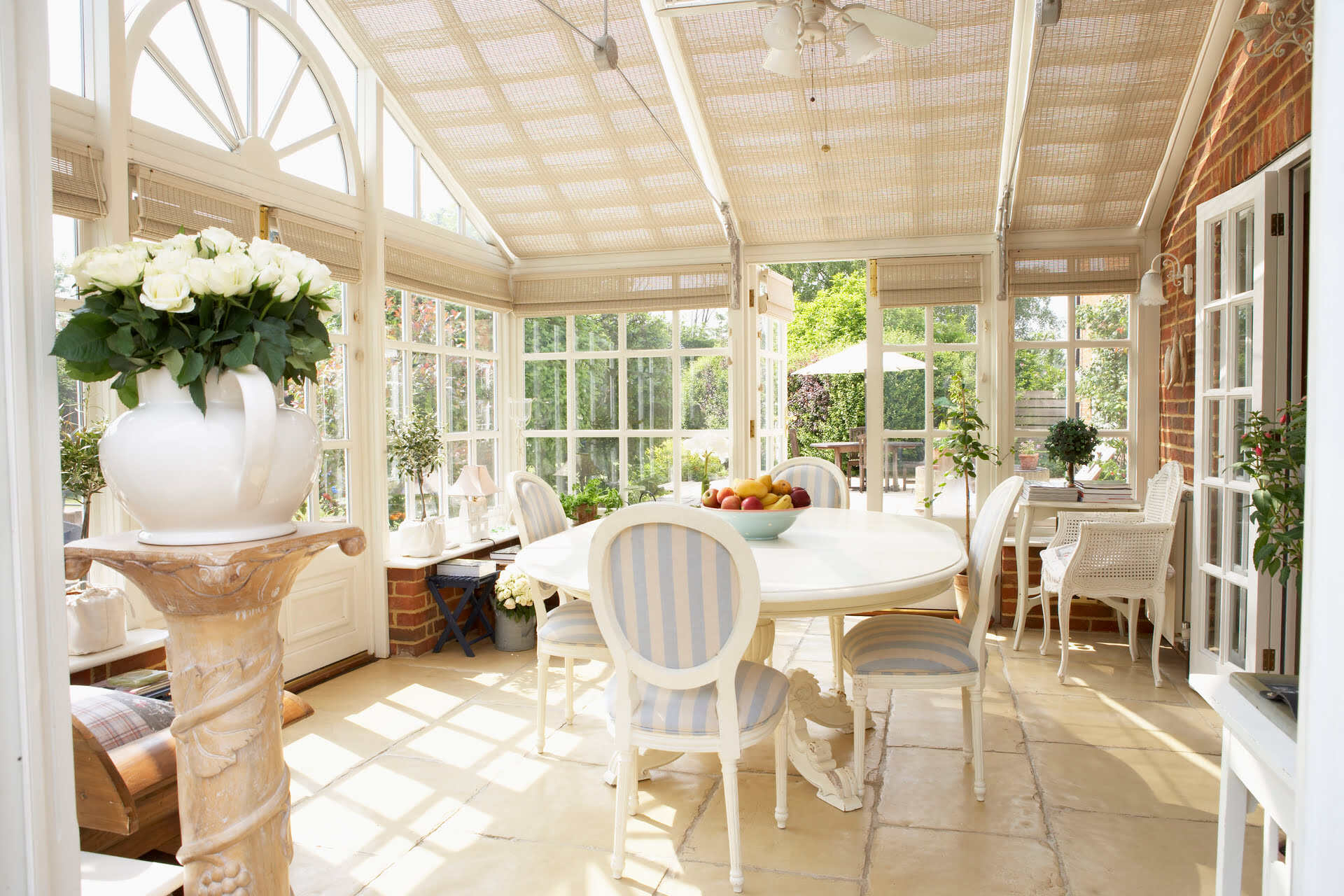
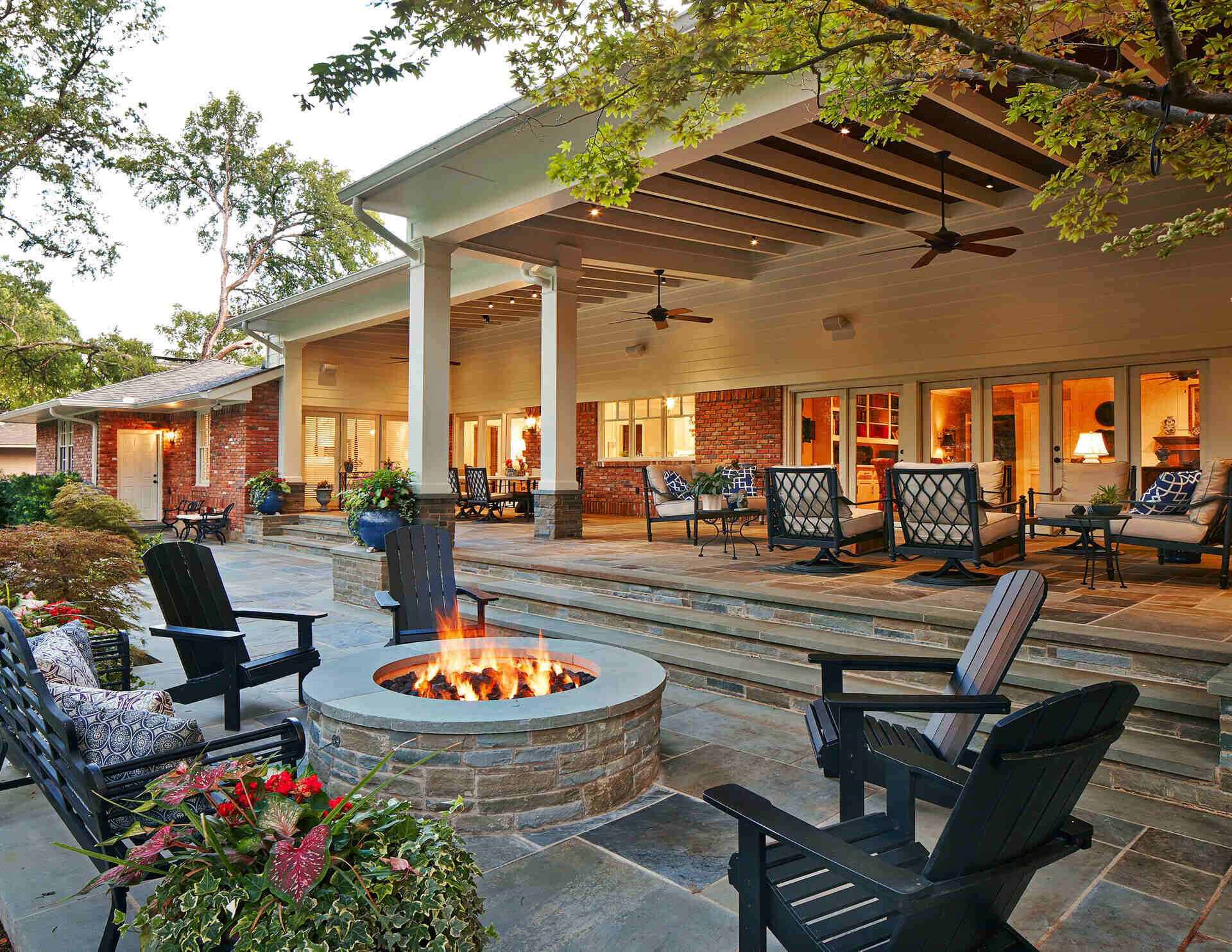
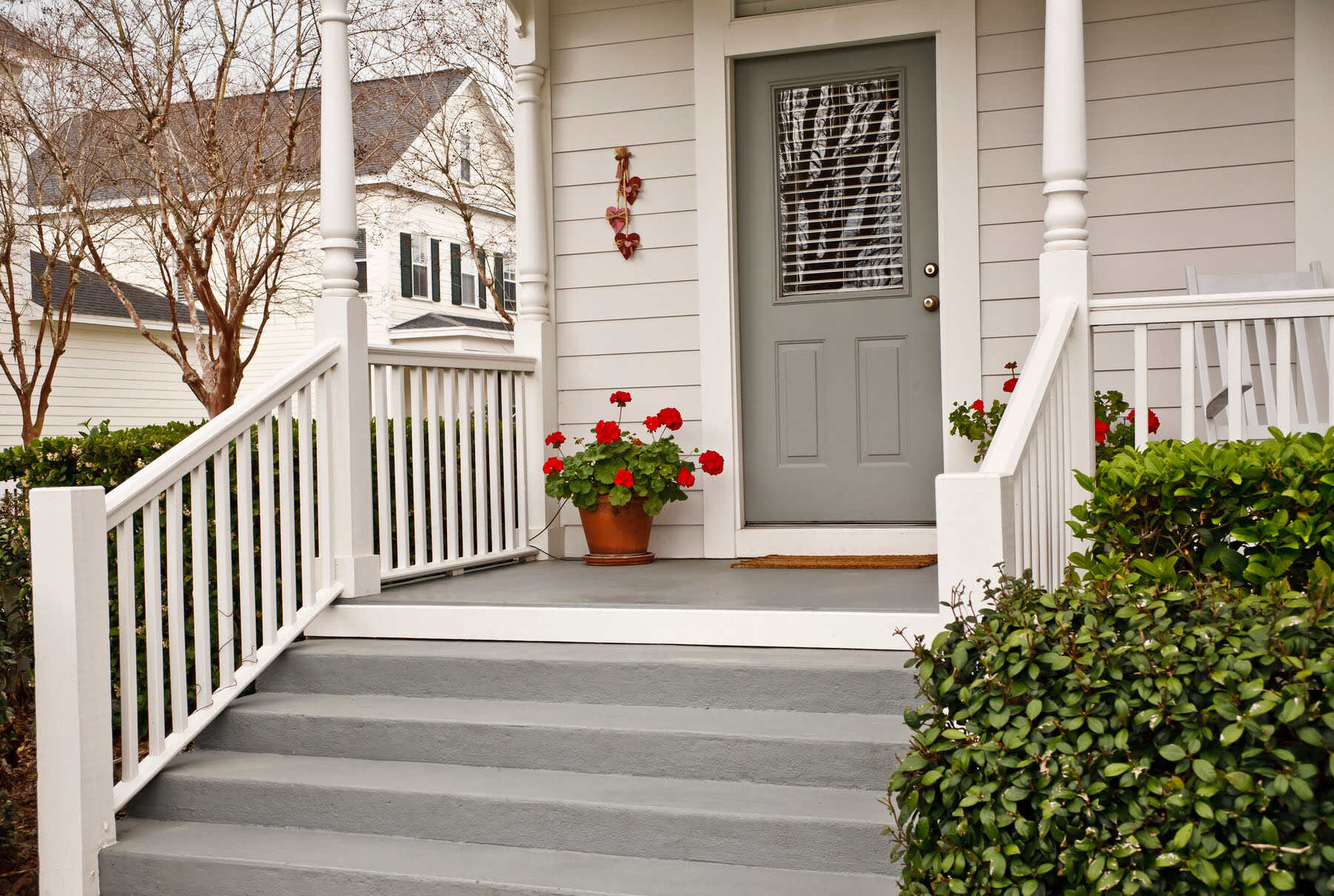
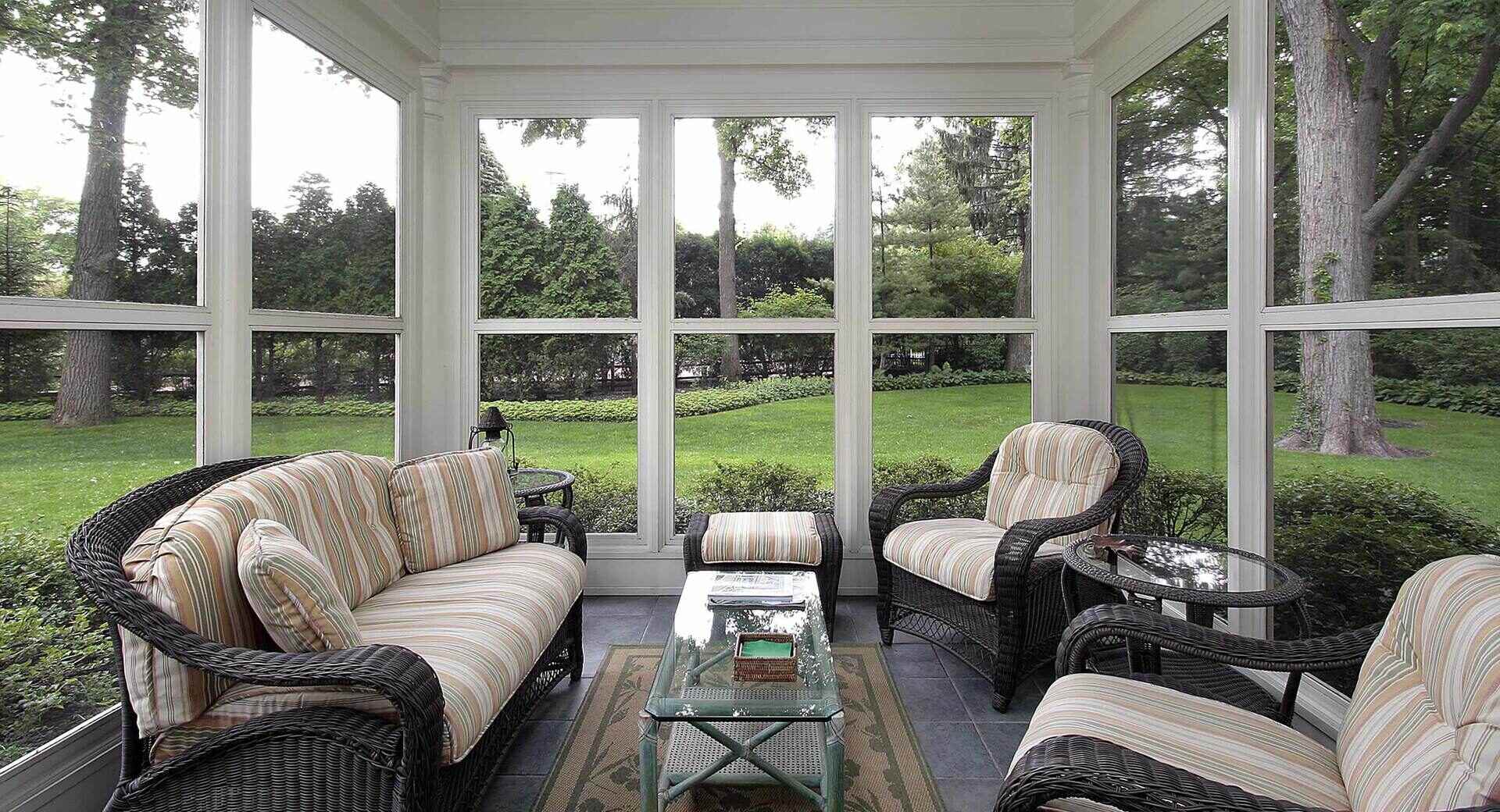

0 thoughts on “How To Design A Landscape For The Front Of A House”